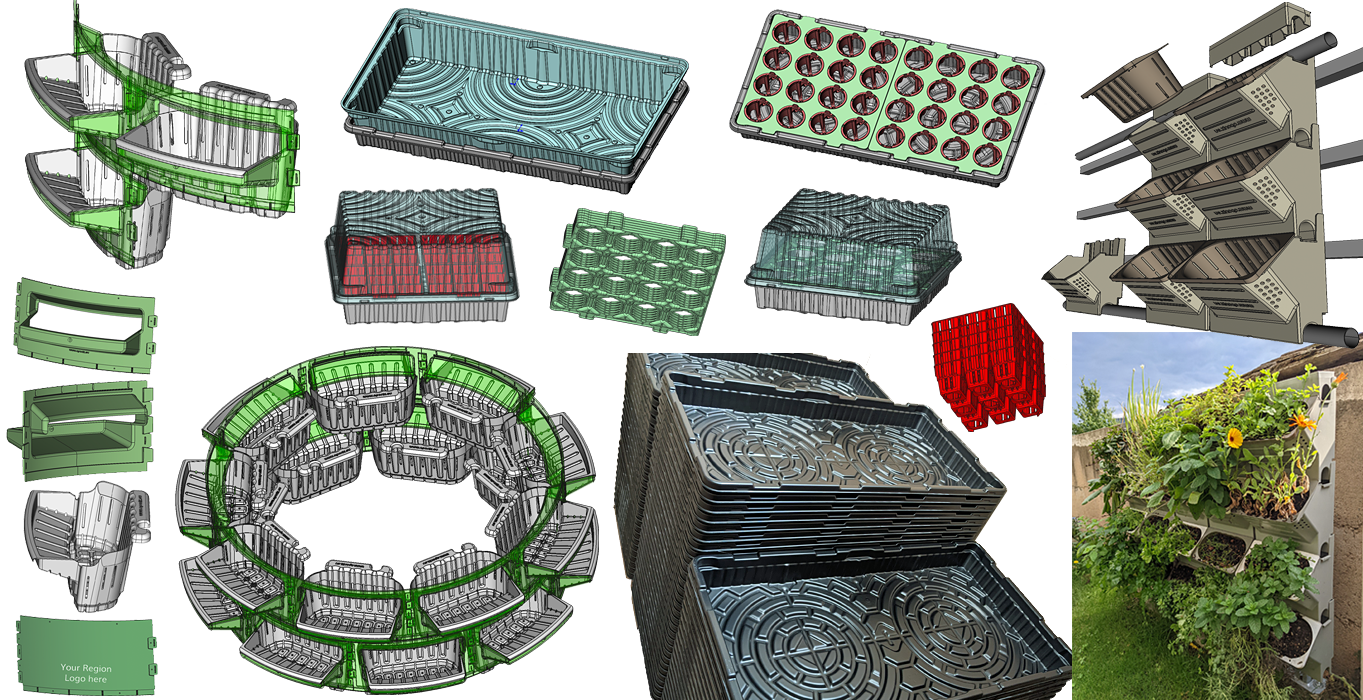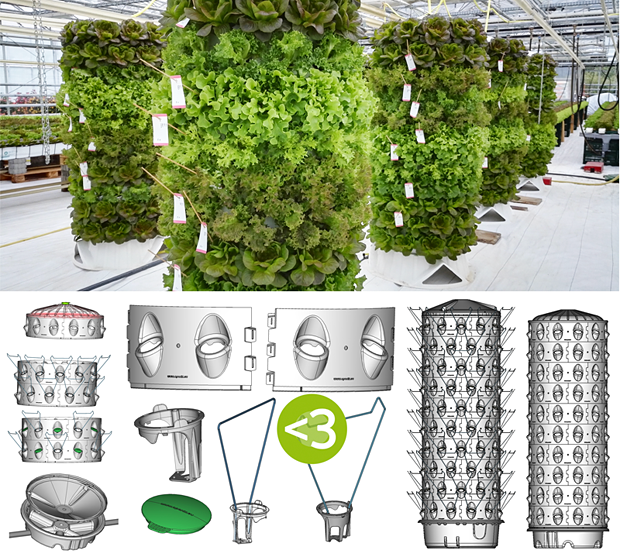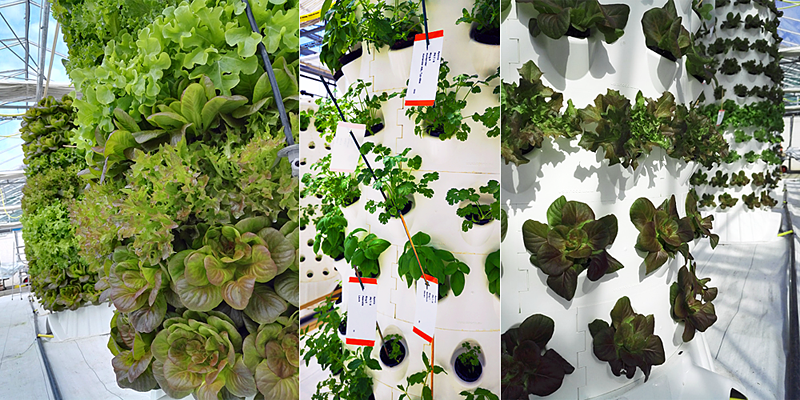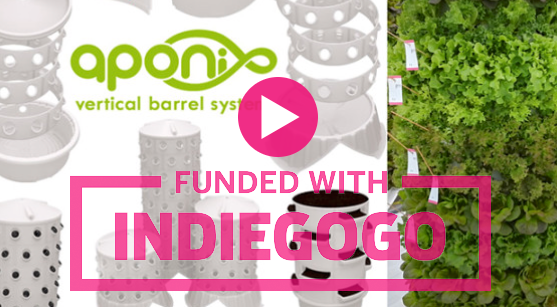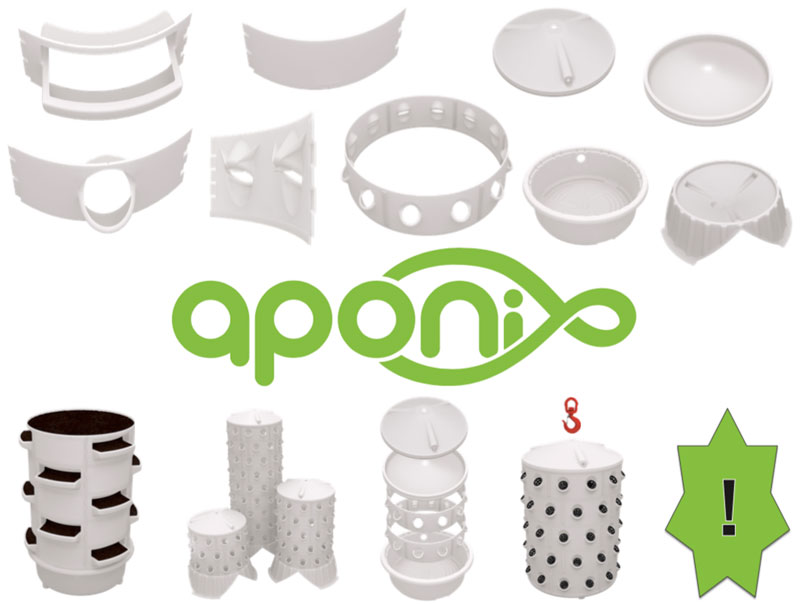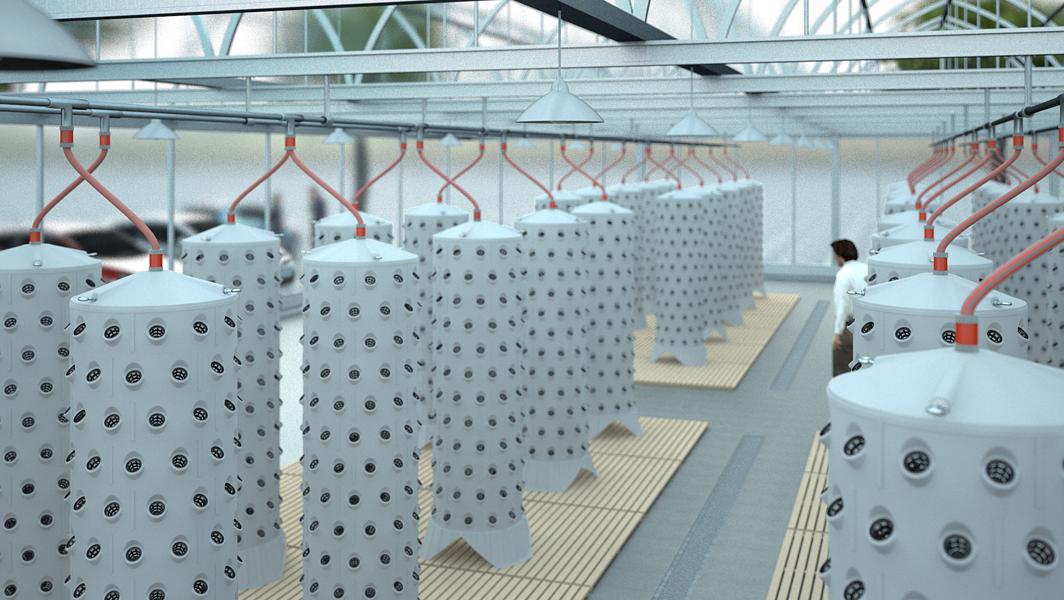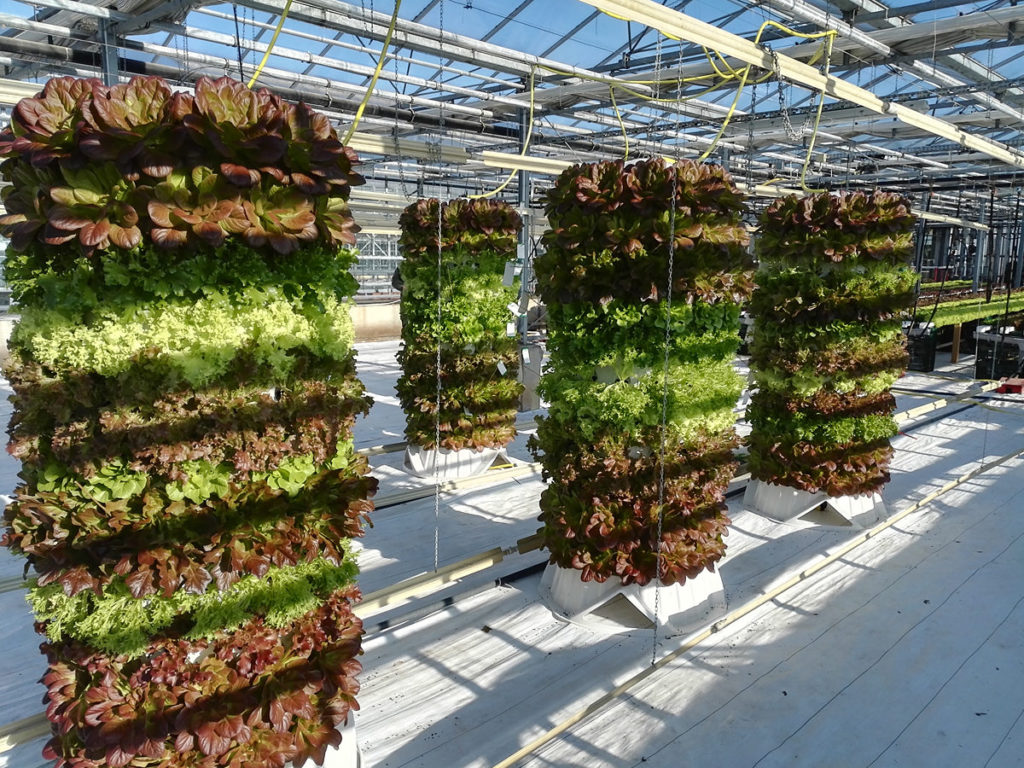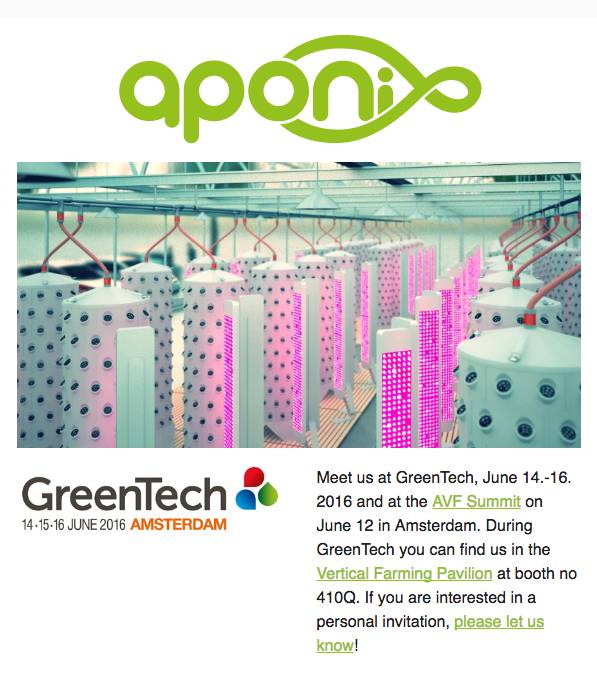For a complete overview please see the up to date overview from Mailchimp.
Aponix Newsletter 2022-08 – New: Wall System, Tray Set, City XL, Prices
Many things happened at aponix since our last newsletter in March 2021. Aponix has been very active to create new solutions that you can find more on in this newsletter but also had the time to sharpen the definition what aponix’ purpose actually is – create component based urban farming...
Aponix Newsletter 2021-03 – Version 3 is out, Component Overview and Changes + WallSystem
Tadaa! Version 3 of the aponix vertical barrel is available as of March 2021. Many very useful and improved components have beed added. This is a component overview and a very special thank you to all Version 2 users and supporters. Contents of this newsletter: Version 3 vertical barrel components available now!...
Aponix Newsletter 2020-07 – Product Partner Strategy, Developments and new Parts
Another exciting year has passed. This is the summary of what aponix has been working on between 2019-08 and 2020-07: Changed the strategy from looking for resellers/distributors to product partners Product partner online in the US with his products / ECOSPROUT5 + 10 New parts: a.) One-net pot ring segment piece...
Aponix Newsletter 2019-09 – City XL Version, One-Netpot Piece, Netafim Irrigation Adapter
Summary: Another exciting year has passed. Thanks for your patience! This is the quick summary of what aponix has done so far in 2019. We have been active to show the aponix vertical barrel at trade shows in still mainly in Europe. Quite some testing units have been shipped (see...
Aponix Newsletter 2018-10 – Improvements and Distribution
Summary: It has been a while since our last newsletter. Thanks for your patience! This is the minimal summary of what aponix has done in 2018. Our focus has been to improve our parts and extend the production of materials and our direct sales including logistics and exporting capabilities. We...
Aponix Newsletter 2017-12 – Indiegogo campaign
Summary: Today aponix needs your support! Please check out our crowdfunding campaign on Indiegogo. You will find new details about the vertical barrel concept – peek into manufacturing, hear why we are doing all this (see video) and learn how it all began. Sharing is caring! Mission of aponix is to make...
Aponix Newsletter 2017-09 – Vertical Versatility with New Parts
Summary: If you have been following the progress of aponix and the vertical barrel in the past – now the time has come to really get excited! With the new parts , the real versatility of the vertical barrel starts to unfold the real magic behind the concept. We have created a...
Aponix Newsletter 2017-06 – Announcement of soil-based parts / In search of distributors
Summary: The series production for new parts extending the vertical barrel concept into a soil-/subtrate-based variant and also a standalone soil-less barrel are on the way! All new parts will be available in late Summer 2017 and can already be pre-ordered from our website’s order area. Here are the new...
Aponix Newsletter 2017-02 – Ready to Ship Soil-Less 3D-NFT
Summary: The series production of the 2. generation of our barrel parts is now up and running and we are ready to ship! Improvements of the last two years of development: Inside wing structure, directing the liquid to the root areas of your plants, allowing for much higher barrels. New...
Aponix Newsletter 2016-05 – GreenTech / Vertical Farming Pavilion
Summary: Aponix will be present at the AVF Summit on June 12 in Amsterdam. Aponix will be exhibiting at GreenTech, June 14.-16. 2016 in Amsterdam. You can find us in the Vertical Farming Pavilion at booth no 08.410Q. Aponix aeroponic barrels are shown as a kind of new component for vertical farming in...

